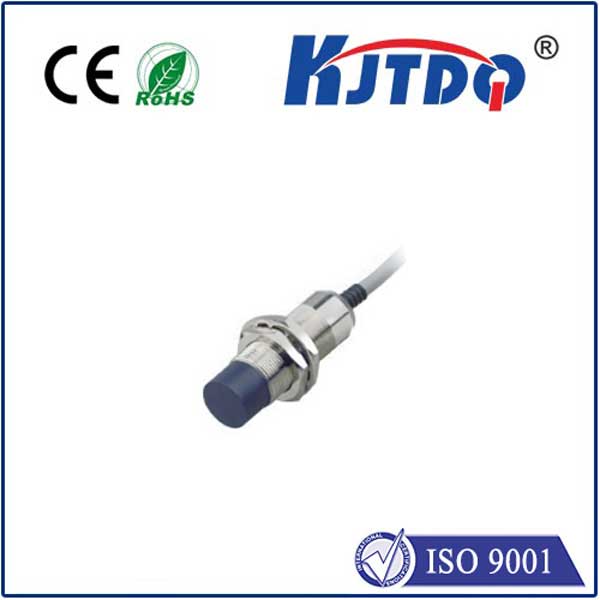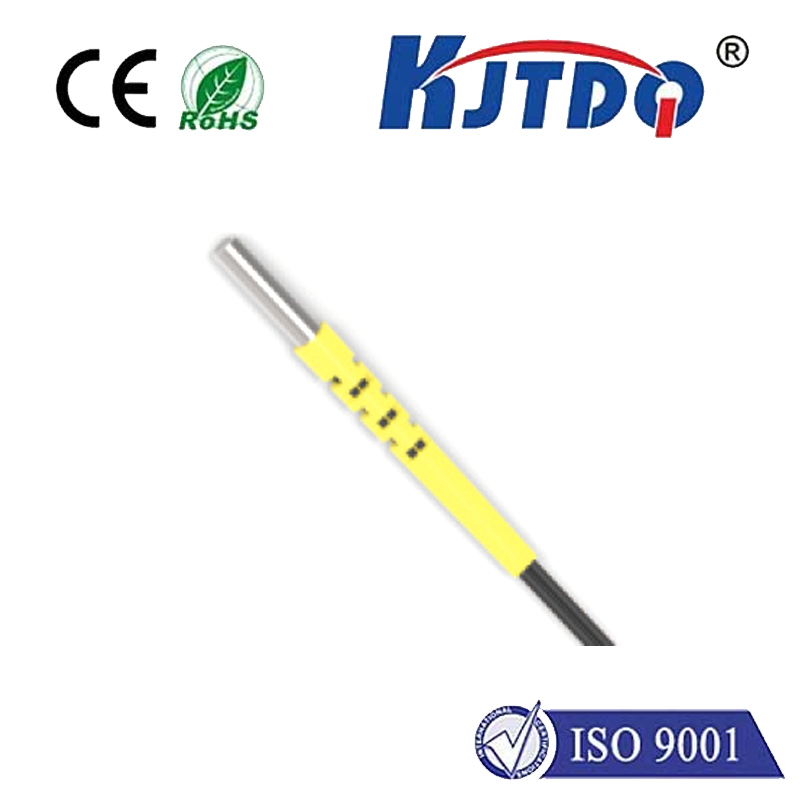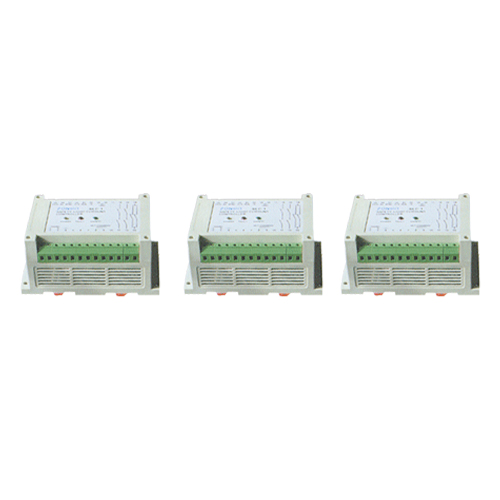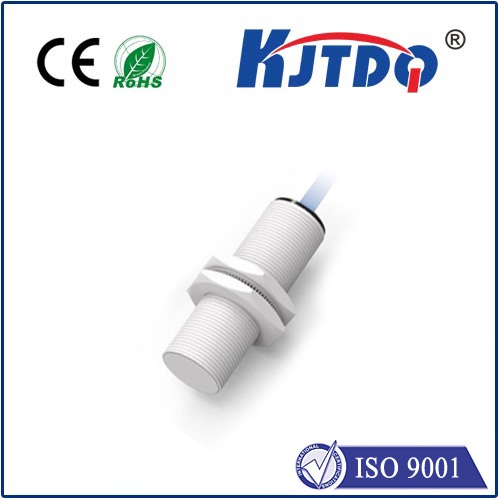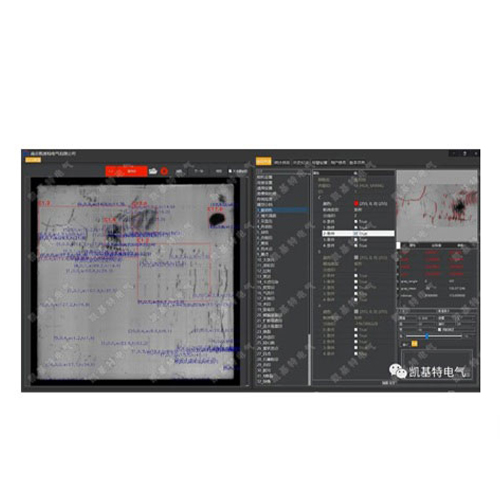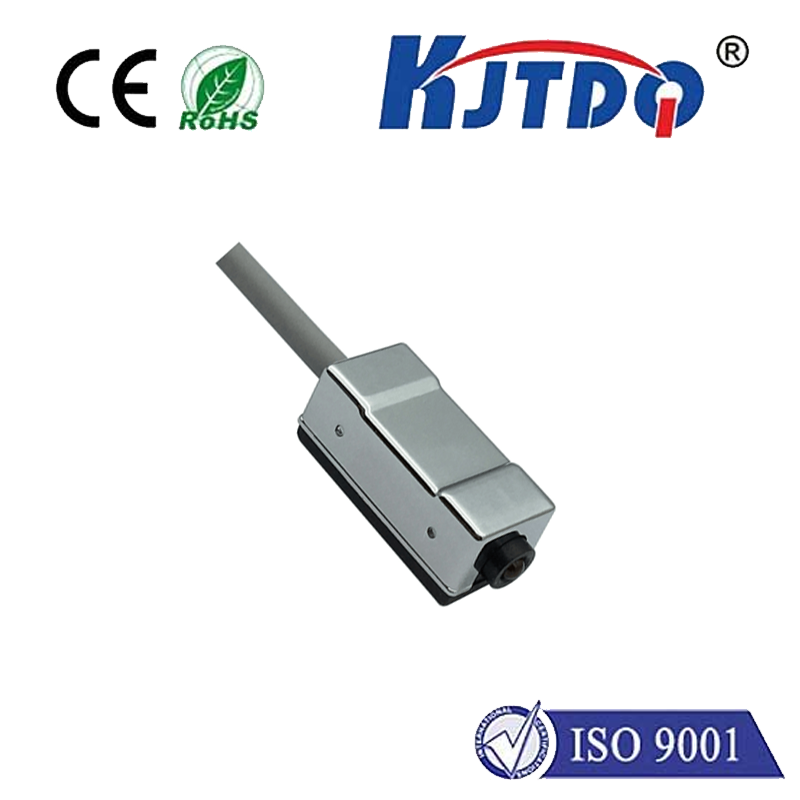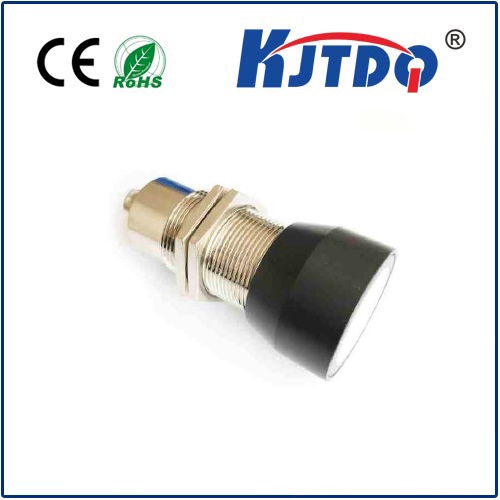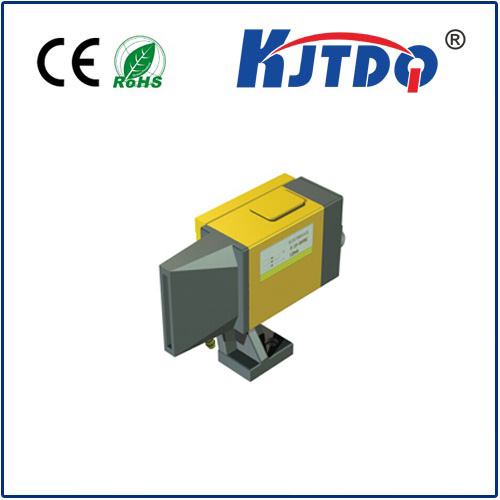

check

check

check

check

check

check

check

check

check

check
Introduction:
In the world of robotics and automation, the use of proximity sensors has become increasingly popular due to their ability to detect and respond to objects in a range of environments. Among these sensors, the 110v proximity sensor stands out as a reliable and efficient option for many applications. In this guide, we will explore the features, advantages, and limitations of the 110v proximity sensor, as well as provide practical tips for maximizing its performance.
Section 1: What is a Proximity Sensor?
A proximity sensor is a type of electronic device that can detect the presence or absence of an object within a certain distance from it. This technology relies on the principle of electromagnetic induction, where a magnetic field generated by the sensor interacts with the surrounding environment and produces a voltage signal proportional to the distance between the object and the sensor. The sensor then converts this voltage into an electrical signal that can be processed by a microcontroller or other electronic component.
Section 2: Features and Advantages of the 110v Proximity Sensor
The 110v proximity sensor has several unique features and advantages that make it particularly suitable for a wide range of applications. Some of these include:
* High resolution: The sensor can detect objects with a clear line of sight from up to 30 feet away, making it ideal for tasks such as automatic door opening, collision avoidance, and object detection.
* Wide range: The sensor can detect objects that are both stationary and moving, making it useful for applications such as inventory management, quality control, and machine vision.
* Simple installation: The sensor can be mounted directly onto various surfaces, such as walls, doors, and floors, without any additional hardware or wiring required.
* Low power consumption: The sensor operates at a low power density, requiring minimal energy consumption compared to other types of sensors.
Section 3: How to Choose the Right 110v Proximity Sensor for Your Application
When selecting a proximity sensor for your application, there are several factors you should consider to ensure optimal performance:
* Distance range: Depending on your specific requirements, you may need a sensor with a longer or shorter distance range. Be sure to choose one that can detect objects within the desired range.
* Detection method: There are different types of proximity sensors available, including infrared, ultrasonic, and magnetic inductive. Each type has its own strengths and weaknesses, so select one that best suits your needs.
* Operating temperature: Some proximity sensors may not work well in extreme temperatures or high humidity environments. Make sure to choose one that can withstand the conditions in which it will be used.
* Connectivity options: Some proximity sensors are designed for direct connection to a microcontroller or other electronic component, while others require additional components such as relays or switches. Choose one that offers the level of connectivity you need for your application.
Conclusion:
The 110v proximity sensor is a versatile and reliable tool that can help automate many aspects of your daily life. By understanding its features, advantages, and limitations, as well as how to select the right sensor for your specific needs, you can maximize its performance and achieve optimal results in your projects.
